Winter might have been lacking in the cold department, but it still wasn't warm enough for me to garden outdoors. In the down-months (Dec-Feb) I map out the garden plan, start seeds, inventory tools & think about ways I can simplify - automatic watering! Here's a list of some or the invaluable tools I use to make it all happen as well as some new tricks I'll try this season.
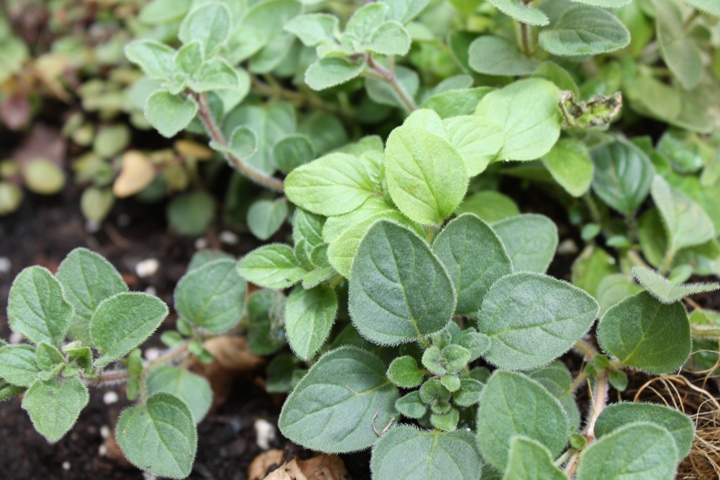
Map & Plan (expectations):
- Garden Journal: for the second year I'll plan out spaces, track seed growth & all my garden thoughts in a garden journal. I think one journal can be used for 2 years.
- Mother Earth Online Garden Plan: I haven't tried this yet, maybe next year, but it looks s cool. No matter your space limitations, this plan will keep you on track year after year.
- Expectations: start small. Think about what you like to eat, how much time you have and the amount of sunshine in your yard. I recommend reading both of Ed Smiths garden books: The Vegetable Gardeners Container Bible and The Vegetable Gardeners Bible.
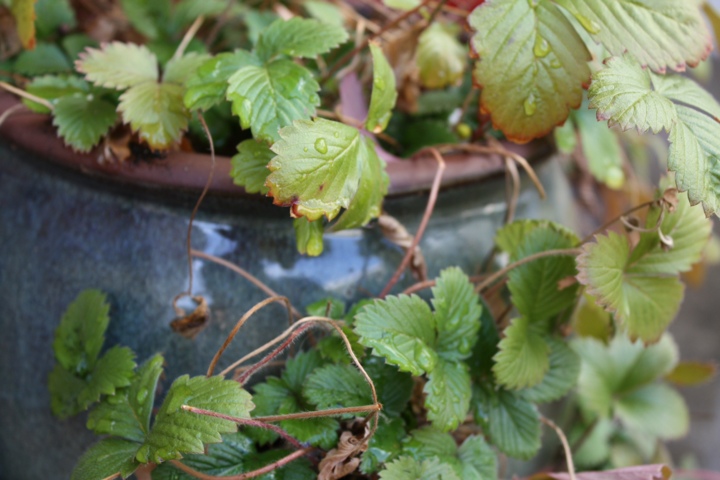
Space to grow seeds:
- Seed Cart: Unless you buy your tomatoes and peppers as seedlings, or live in a warmer climate you'll need to start the indoors. A few weeks ago I featured my seed cart, built with my own two hands - um I mean Josh's own two hands! Alternatively, you can buy them through Amazon or Gardners.
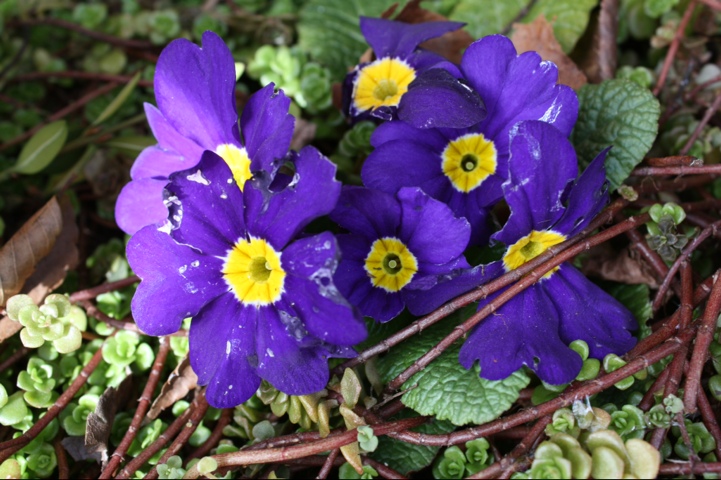
Soil & Compost:
- I do my own composting, so that's covered!
- But soil is different. Since I do most of my gardening in containers I have to buy some new soil every year. I buy Miracle Grow Organic Soil. The one that says "not for containers." Since these containers don't come inside my house, I'm comfortable with using this soil in my containers.
- Each season, I rotate what i grow in the containers & replace 30%-100% of the soil. Soil needs to be rotated and most experts recommend a 3 year rotation schedule. That's difficult for gardeners like me, I grow a lot of the same things year after year. So I buy extra soil to have strong plants, and I do not compost leftover tomato, bell pepper or eggplant plant part. They are lovingly placed in the overgrown/wooded area of my yard.
- A word on mulch. I don't mulch the plants in containers. There's rarely an issue with weeds and it just seems wasteful to me. I do mulch my front garden & backyard planters. The weeds invade fast and mulch seems to help a lot. It takes 20 bags for me to mulch my front garden & backyard planters.
Tools & Necesities:
These are necessities, but you don't have to spend a fortune. Don't leave them outside, or in bags of soil....and have a place to store them when your hard work is done.
- garden gloves
- trowel
- shovel
- rake
- soil scoop
- pruning sheets
- hose
- hose holder
- spray nozzle (and plumbers tape for a solid seal)
- harvest basket
- trellis, garden stakes, plant supports

Containers & Garden Beds:
Depending on your space, you'll probably want to go for containers, or raised beds - or both! Here are links to a few of my fav containers and raised beds. The possibilities are endless.
- Containers
- Deck Railing Container (I secure these with bungee cords. Might not be pretty, but it is soul crushing to see a broken container splattered across the patio. Trust me.)
- Windowboxes
- Raised garden bed
Watering:
During the spring I water the plants 2-3 times a week. I always water in the morning. The summers are hot in my neck of the woods and some plants need to be watered twice a day.
- Rain Barrels: this year we hope to supplement with stored rain water as often as possible. It's a good way to keep the water bill down too! We have been warned to keep the barrels on sturdy cinder/cement blocks, water gets heavy!
- Automatic Watering I just installed a set in my front garden. I love it. I'm setting up another set on my deck & in the backyard planter boxes next week.
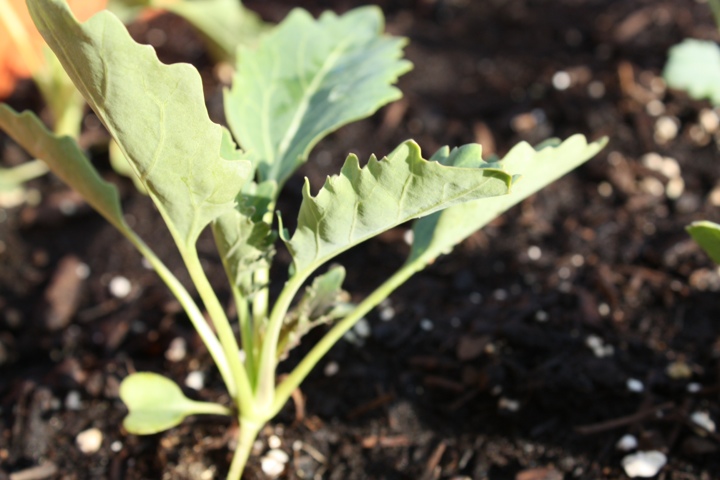
Maintaining & Journaling:
- Back to the journal, it really is essential. Having last year's garden results, successes, and utter failures, is really helpful. Why waste your time on something that you try and try to grow but it doesn't taste good? Journals - seriously.
- Feed your plants. I feed my plants liquid fish/sea kelp 2 times a month during the spring and summer. I also feed the plants a few scoops of compost once a month. Happy plants will produce longer and be disease resistant.
- Enjoy your garden. During the spring & summer I enjoy most meals and most of the weekend in the garden. Get yourself a nice comfy chair and watch the bees buzz, butterflies & tomatoes ripen.
Canning??!!
I'm not ready to think about this....not quite yet!
I'm sure there's something I forgot, and something I'll do different next year. What are your fav methods & plants to grow?
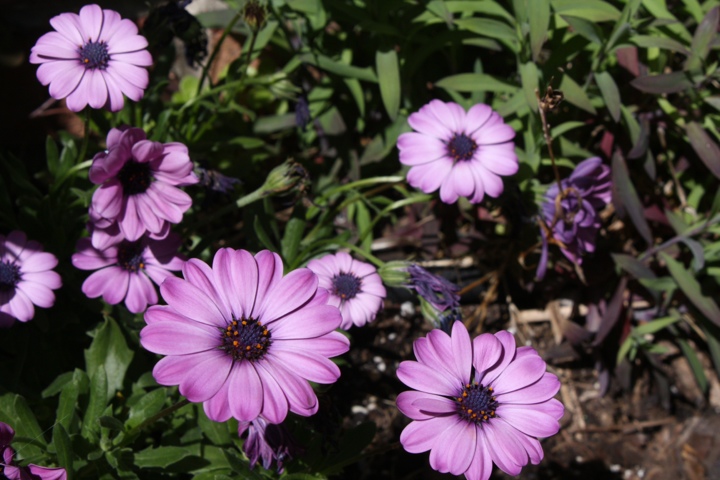
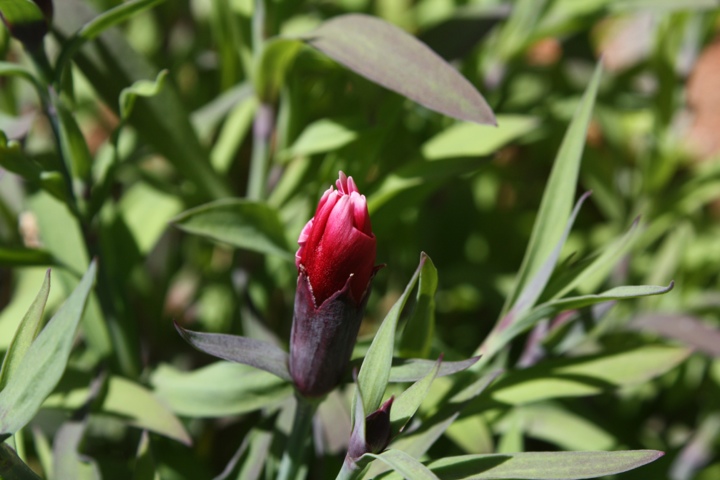
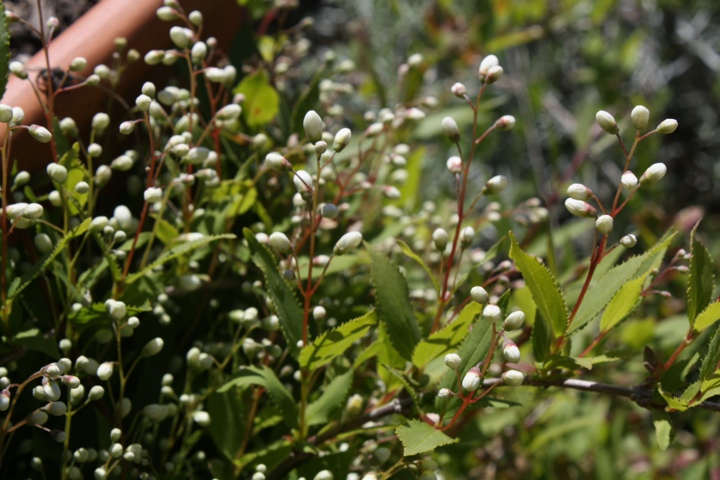
 Bzzzzzzz...Thud. That was the sound I heard yesterday evening on my deck. I looked up and saw a bug peering into my bedroom window, time to investigate. Having a 4 year old brings out the inquisitive nature-girl in me, while growing vegetables makes me want to know each and every tenant in my plants!
Bzzzzzzz...Thud. That was the sound I heard yesterday evening on my deck. I looked up and saw a bug peering into my bedroom window, time to investigate. Having a 4 year old brings out the inquisitive nature-girl in me, while growing vegetables makes me want to know each and every tenant in my plants! 


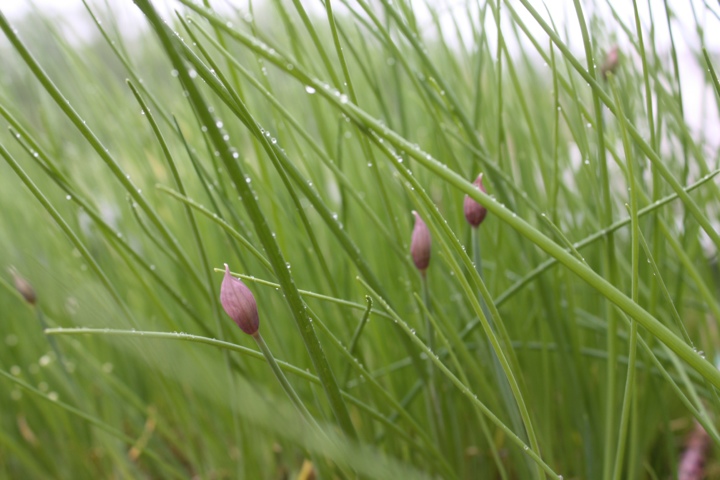
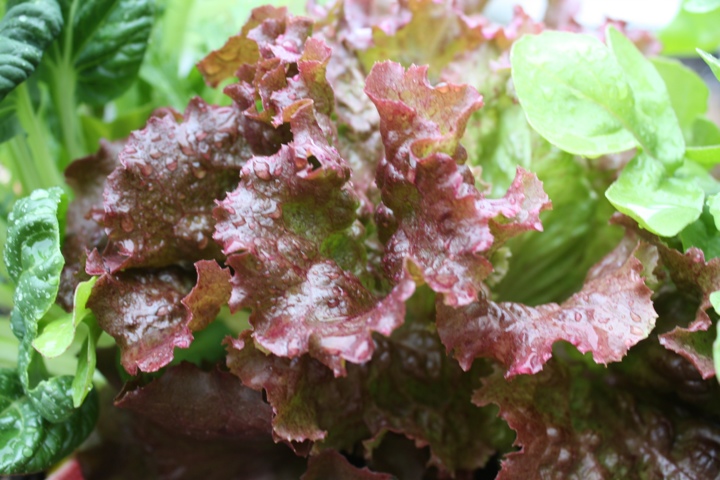
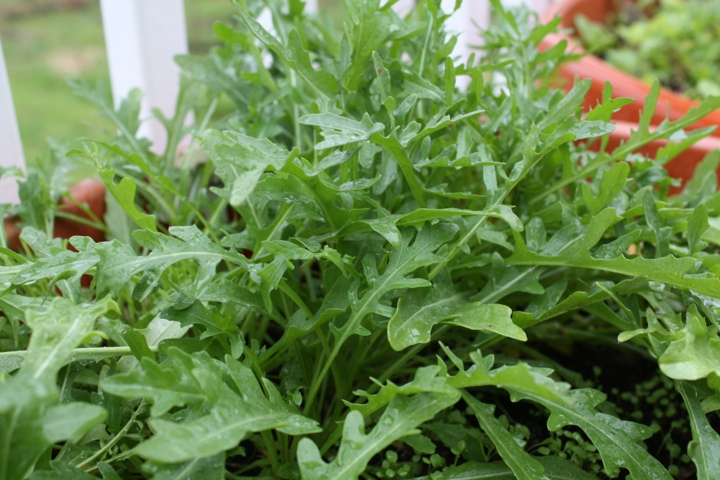

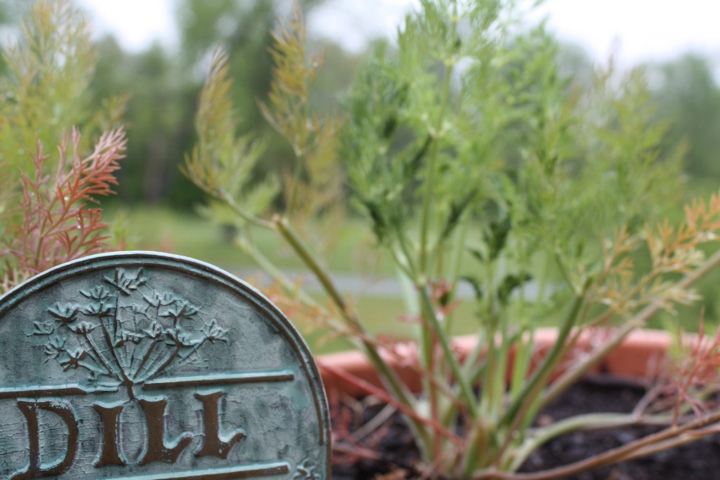
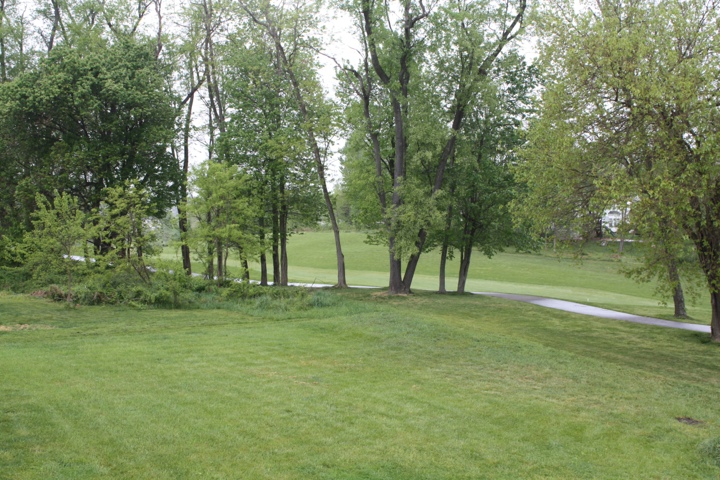
 I still can't believe it was 80 degrees last Saturday, then flurries Monday night. Only in Maryland! Though the weather's a bit nutty, I try to take advantage of the super-sunny days when I get them. Most of my veg plants are still in their
I still can't believe it was 80 degrees last Saturday, then flurries Monday night. Only in Maryland! Though the weather's a bit nutty, I try to take advantage of the super-sunny days when I get them. Most of my veg plants are still in their 











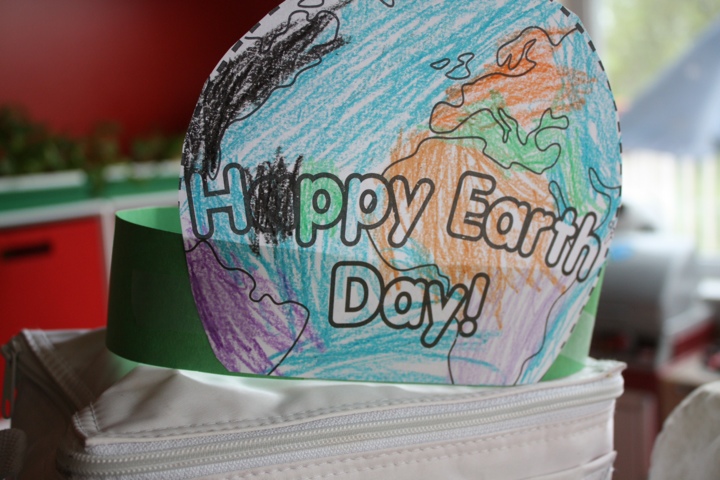
















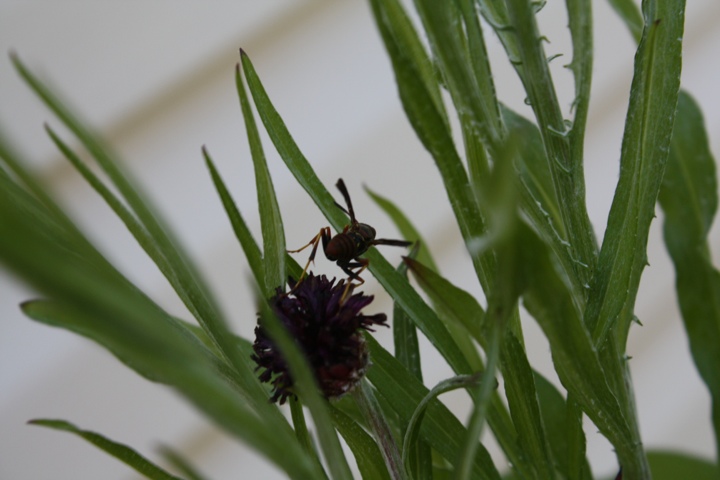

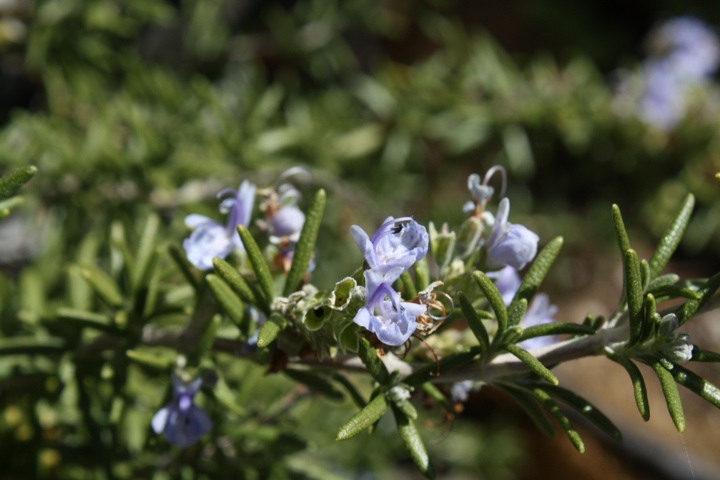
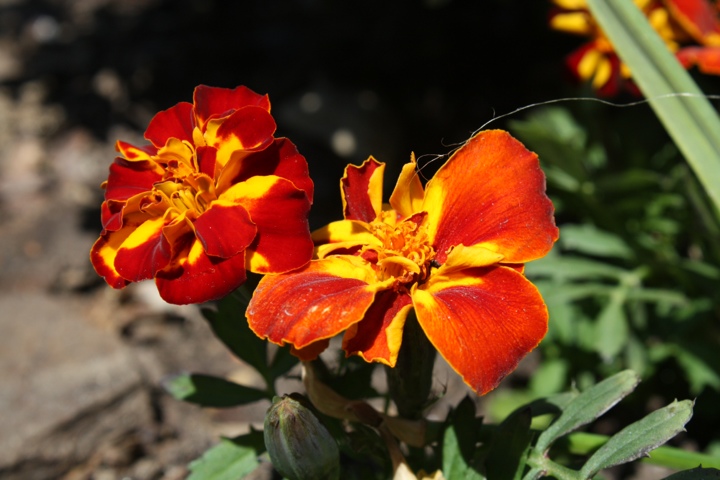
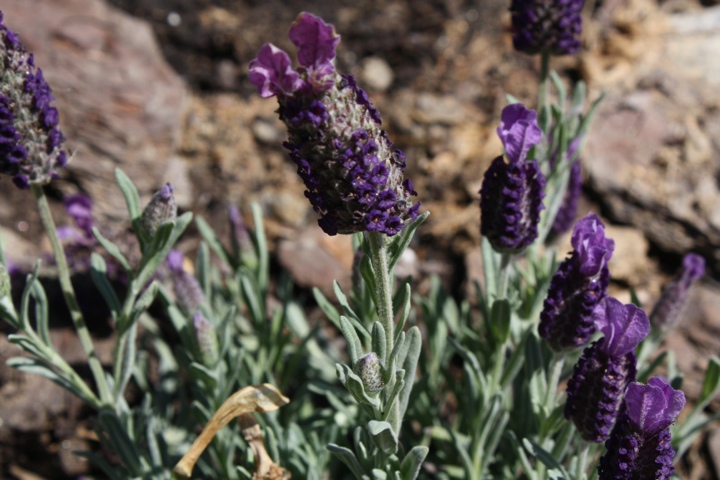
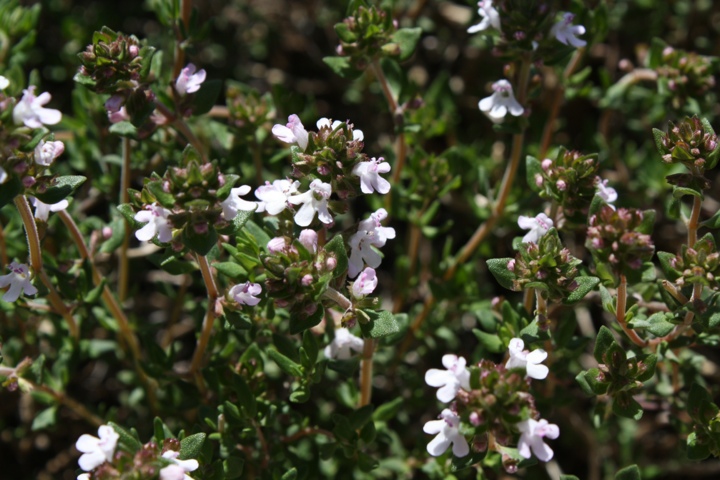
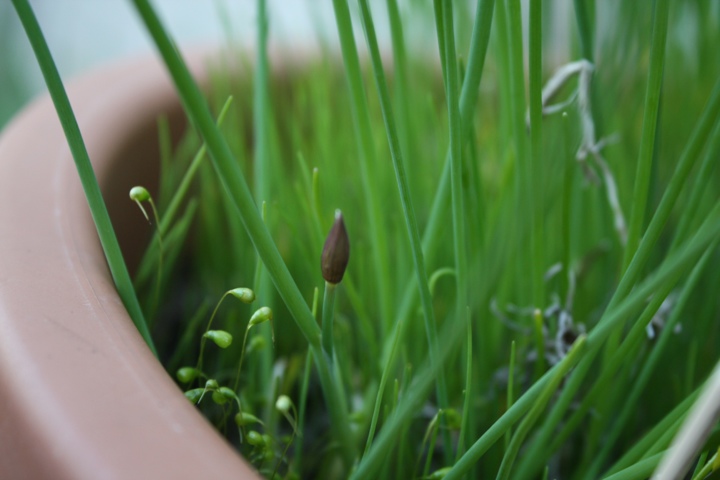
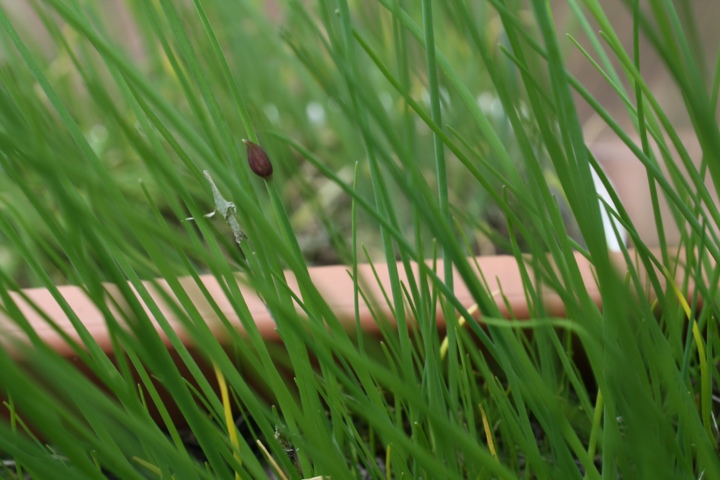
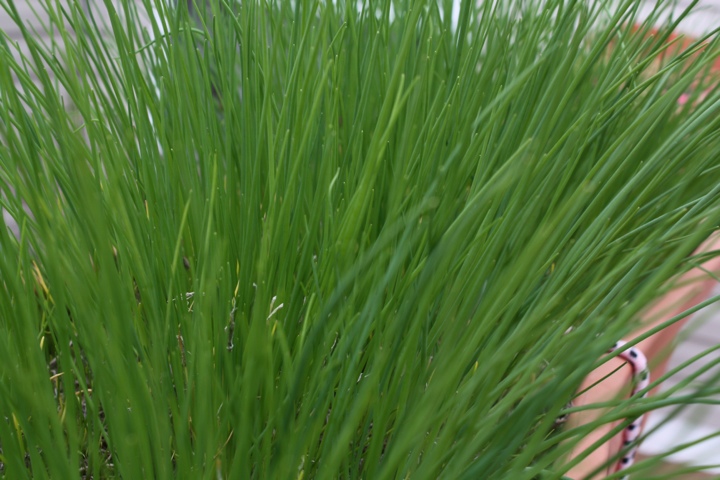
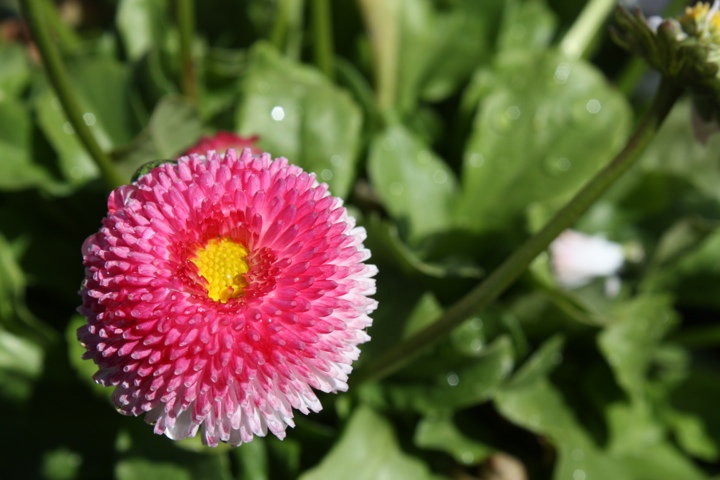


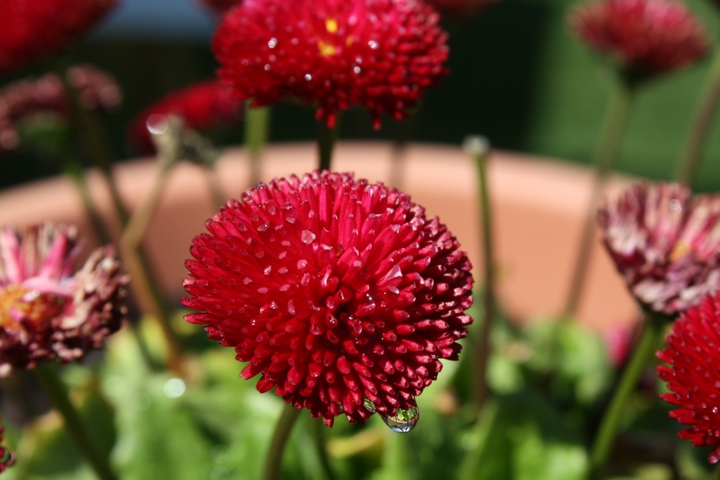
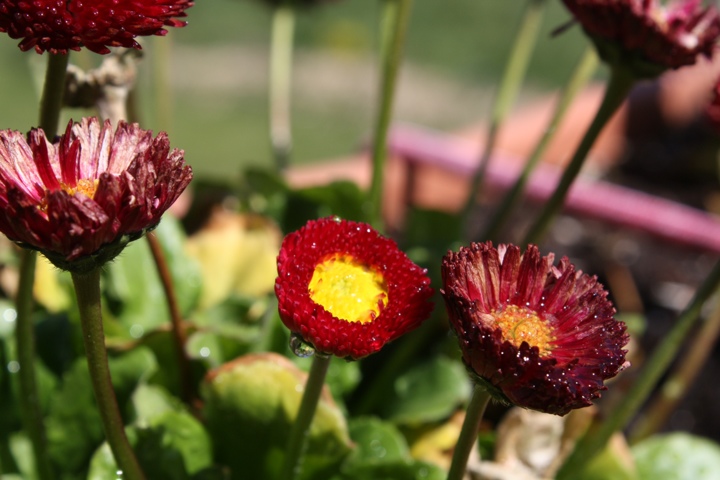

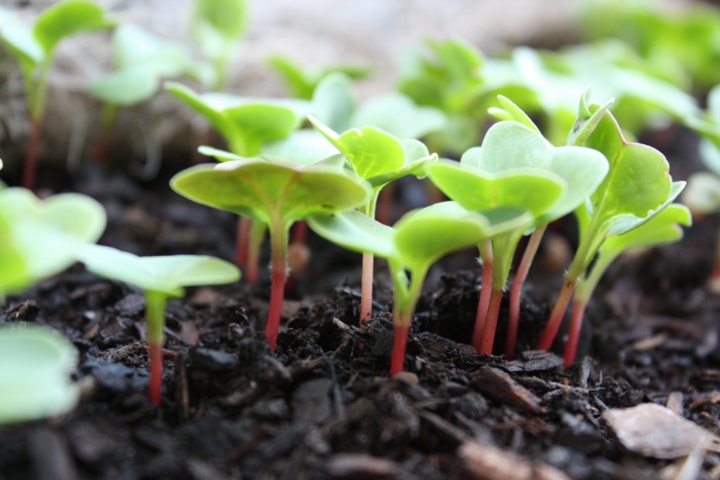
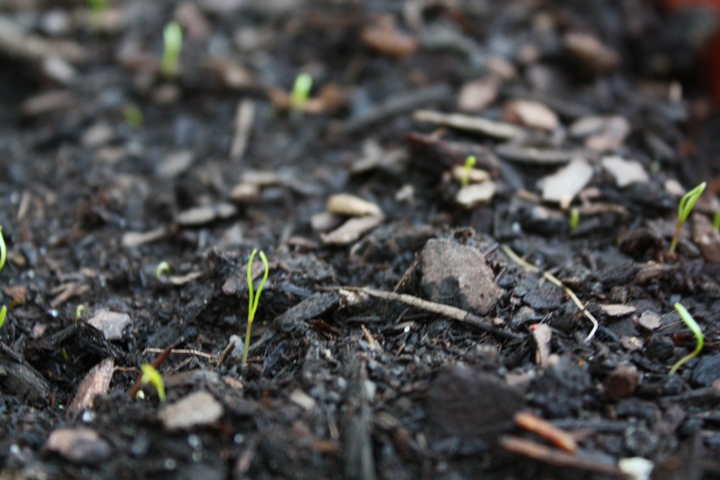
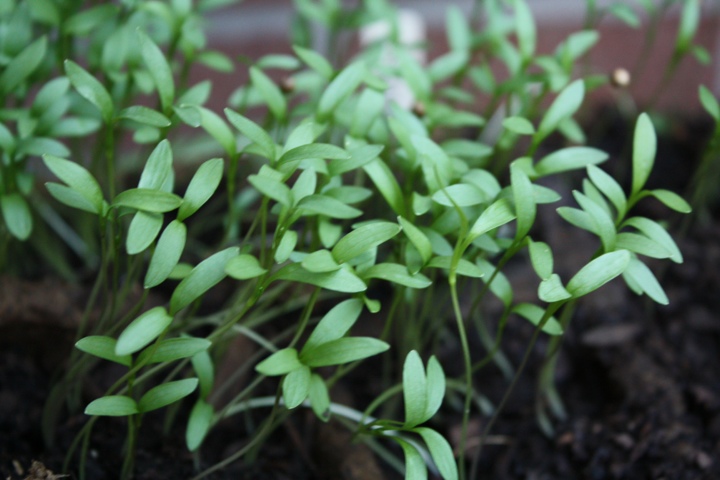
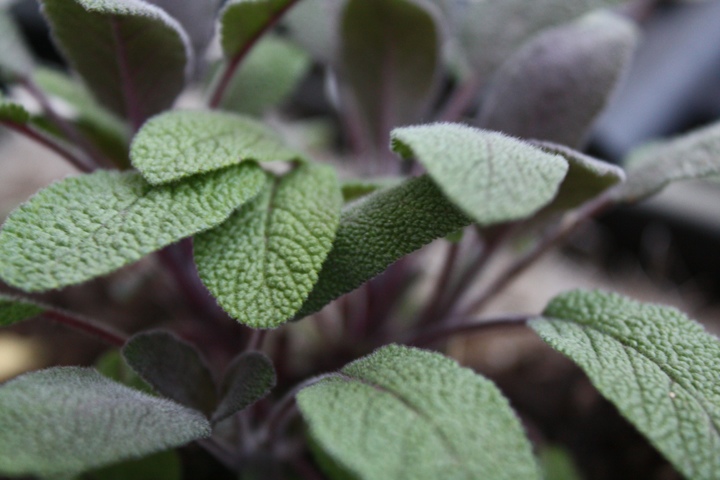
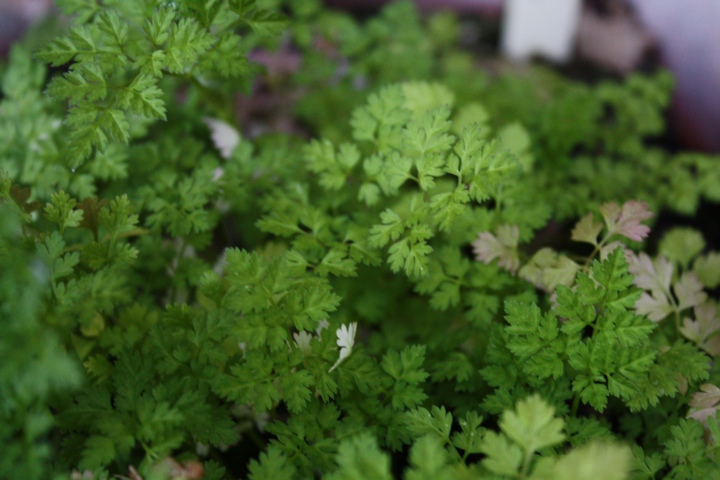
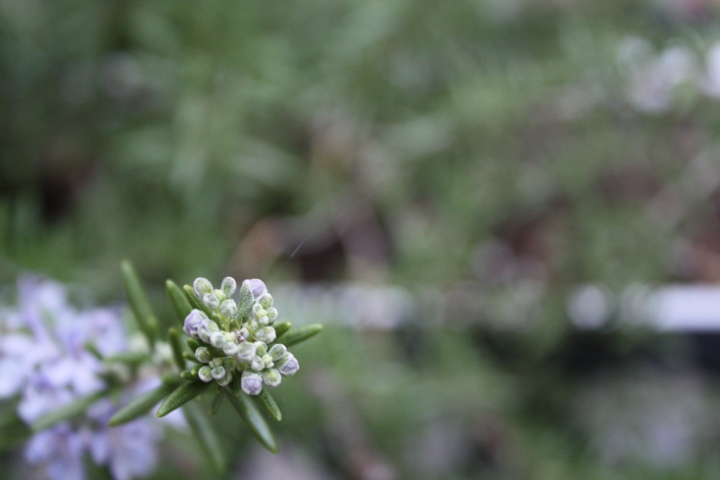
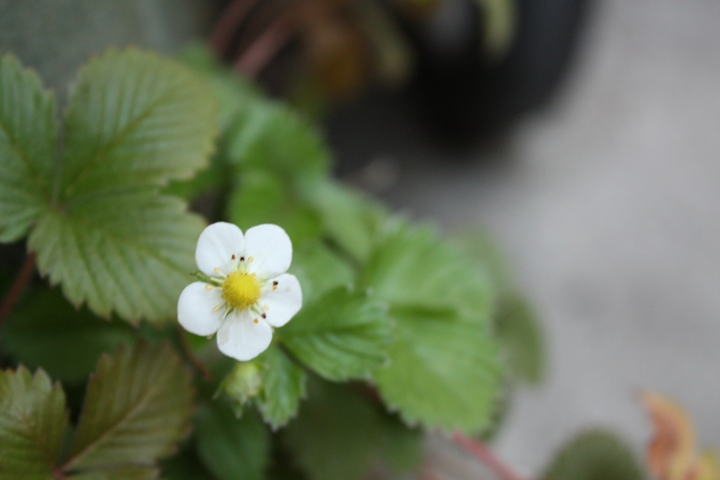
 Herbs are bursting out of the garden! Chives are popping up, the dill is fresh and the chervil is ready for salad, pasta & rissotto. This week my challenge is to cook breakfast from local ingredients. This is also the last post of the 2011-2012 Dark Days of Winter Challenge. For my last
Herbs are bursting out of the garden! Chives are popping up, the dill is fresh and the chervil is ready for salad, pasta & rissotto. This week my challenge is to cook breakfast from local ingredients. This is also the last post of the 2011-2012 Dark Days of Winter Challenge. For my last 












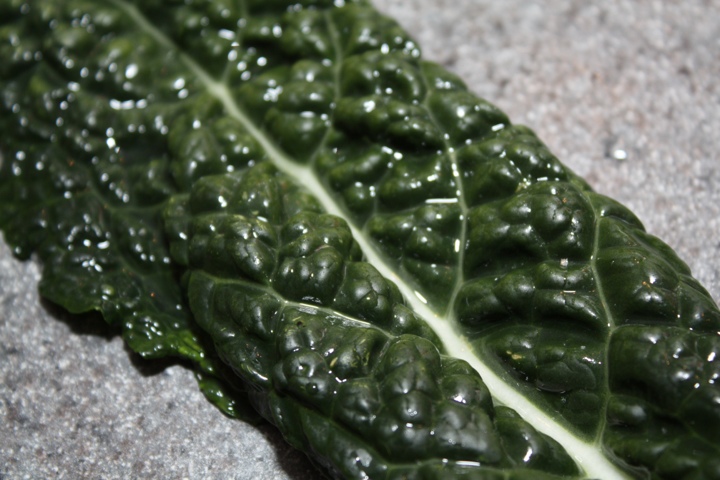
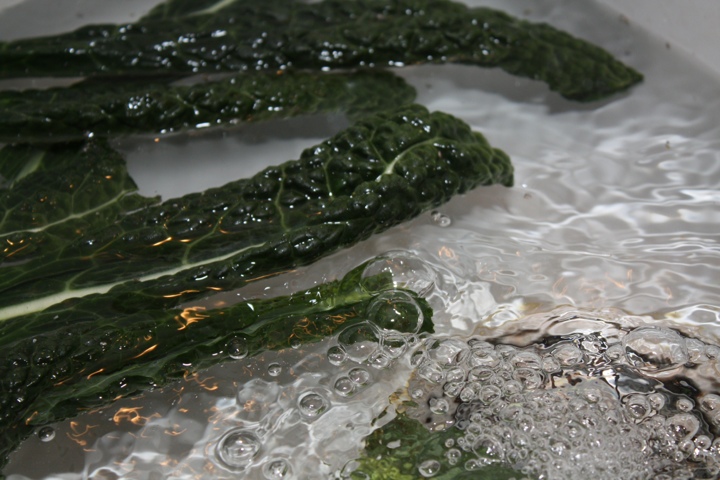
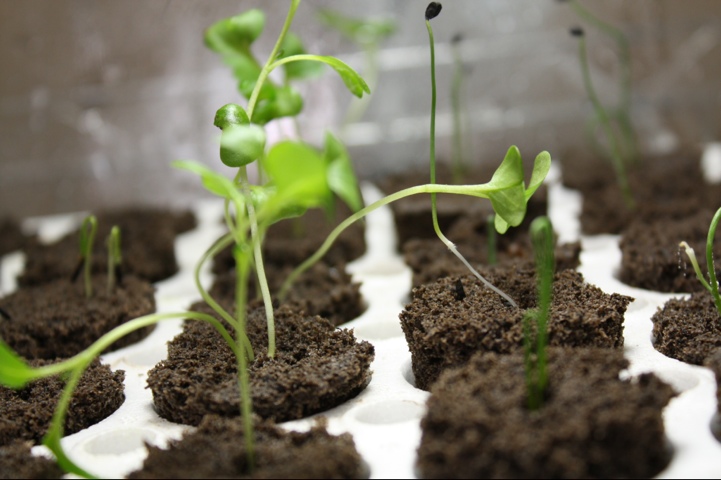
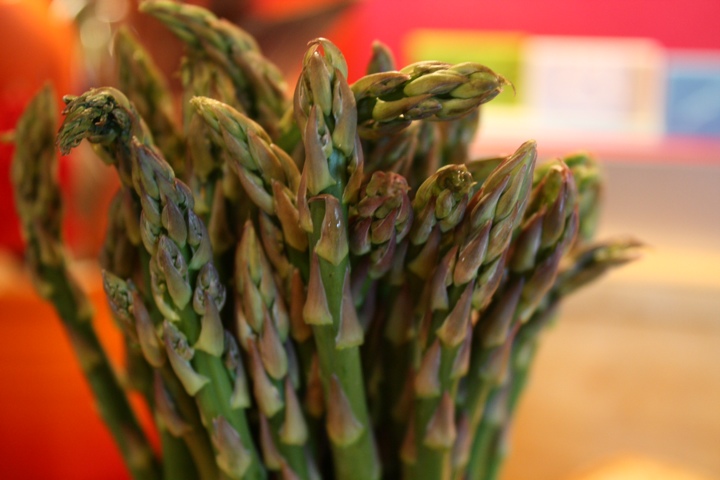
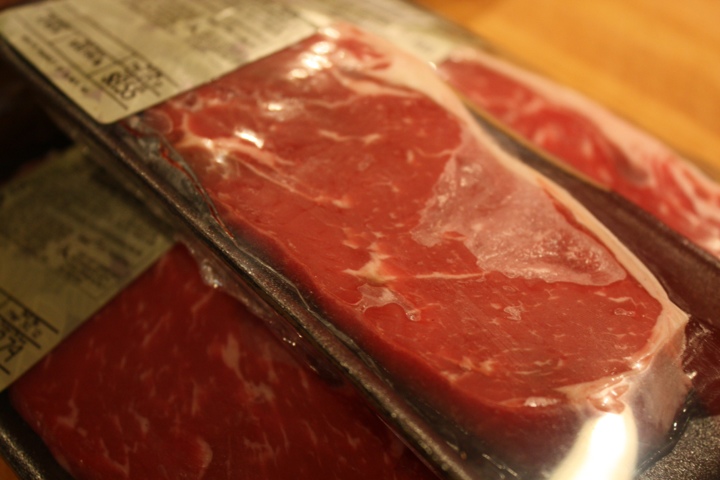
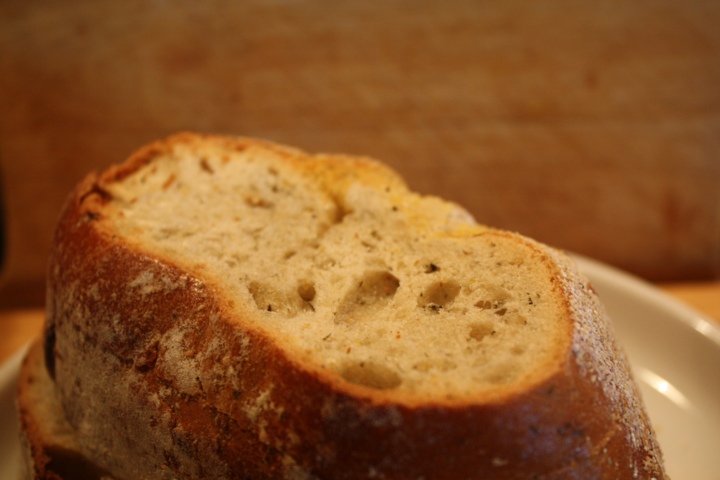
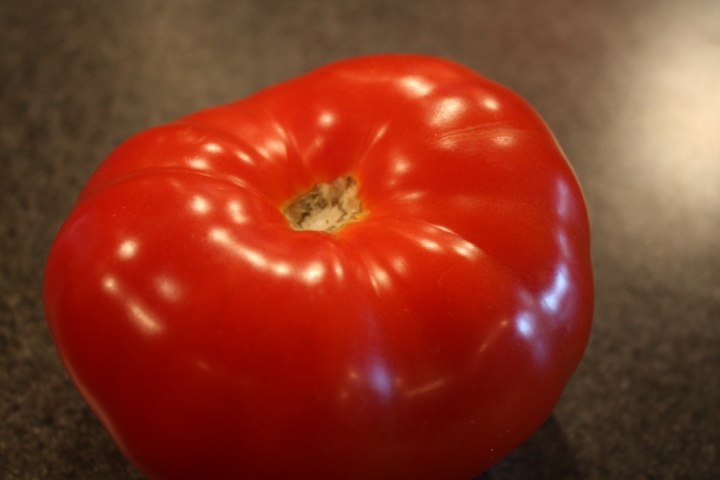
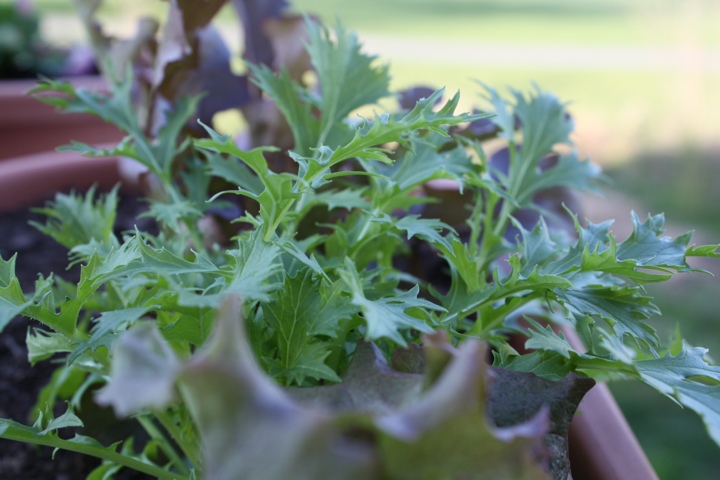
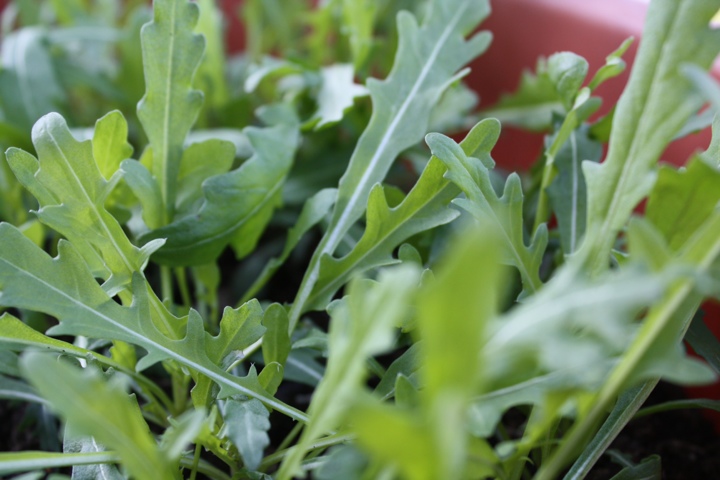
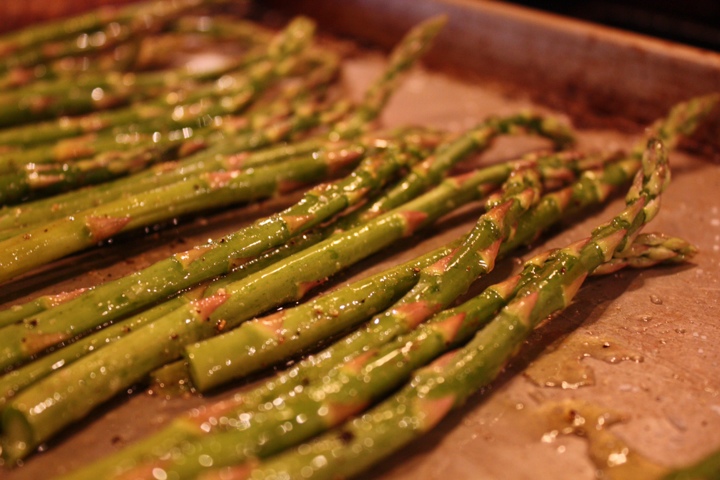
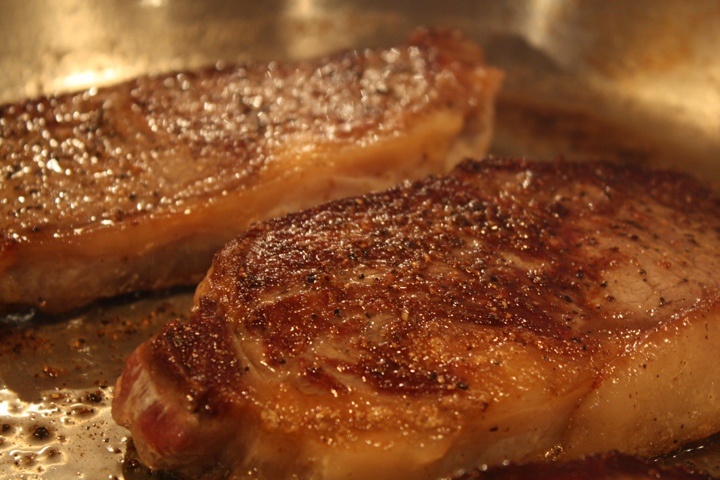
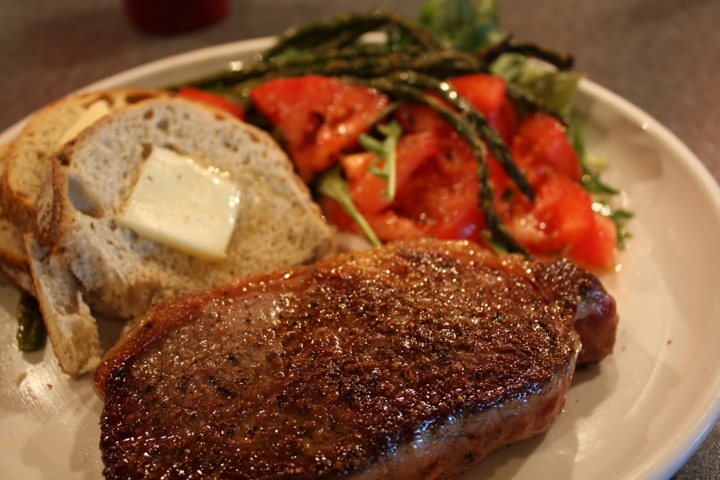
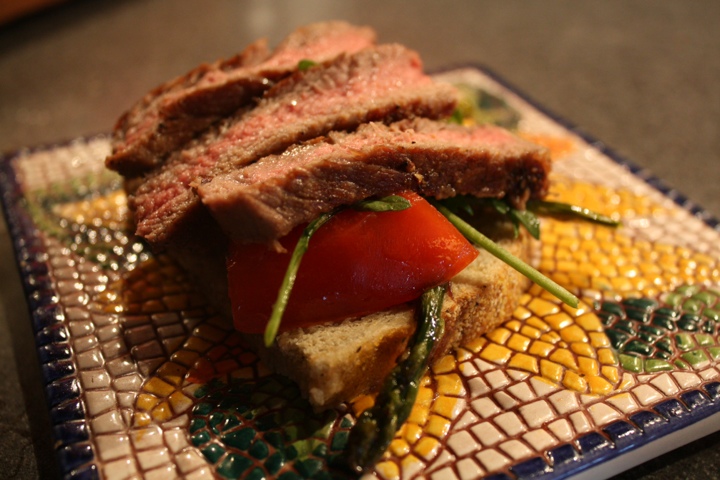
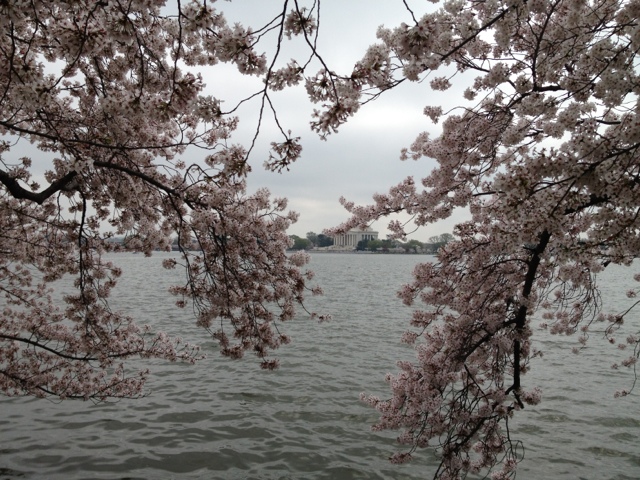
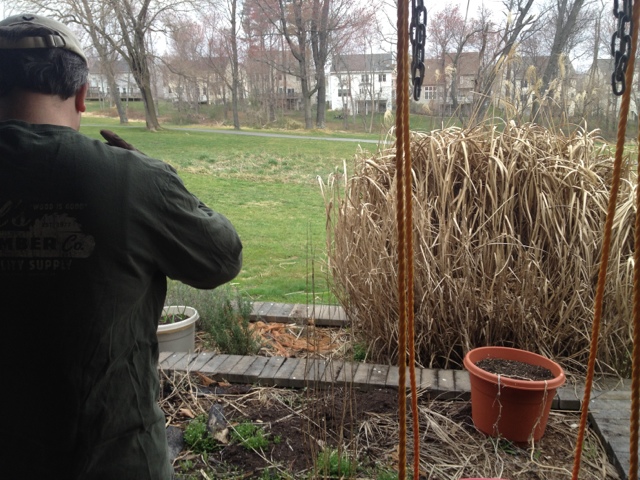



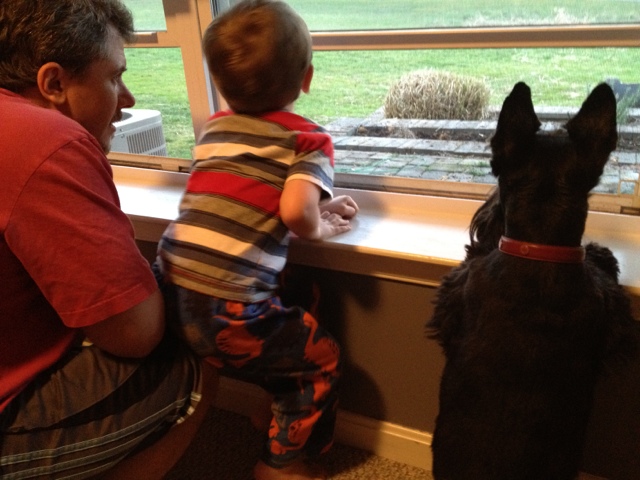





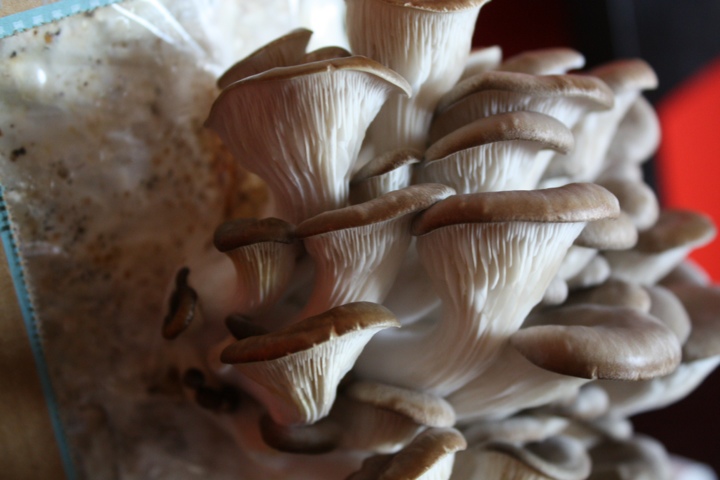
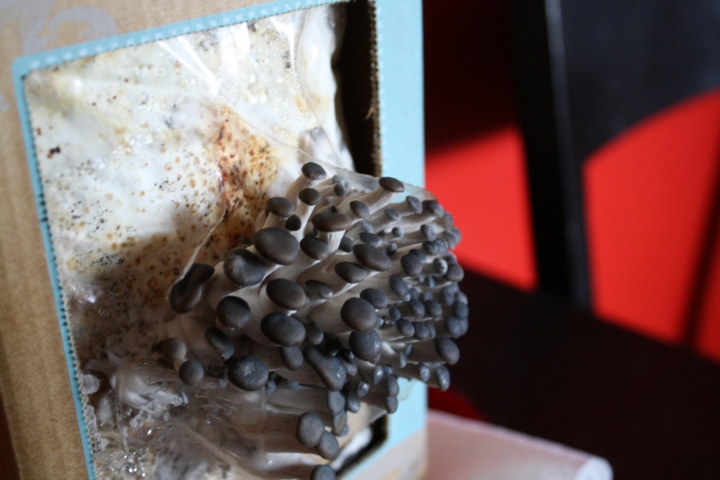
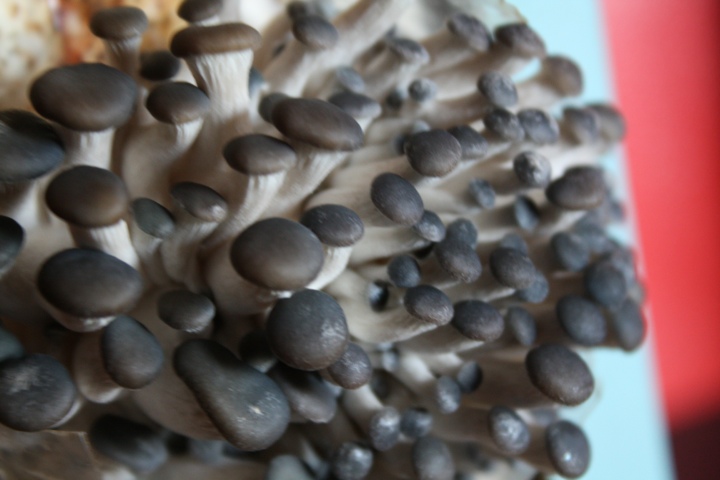
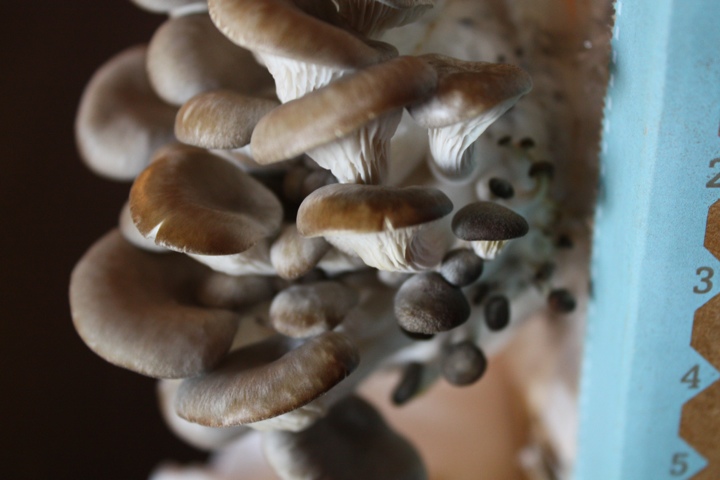


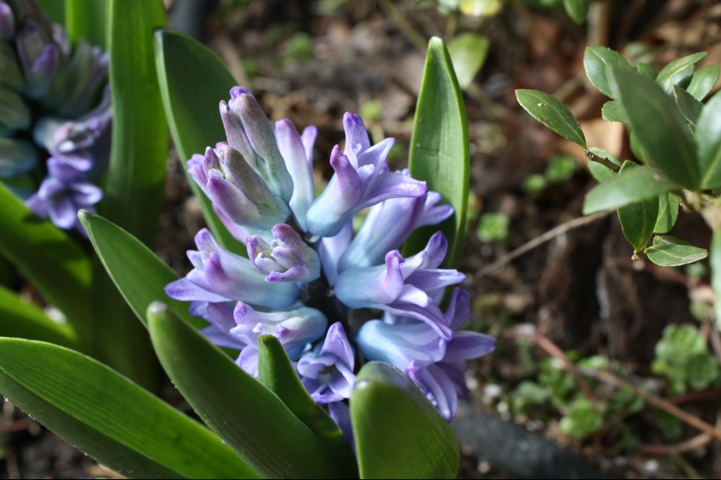
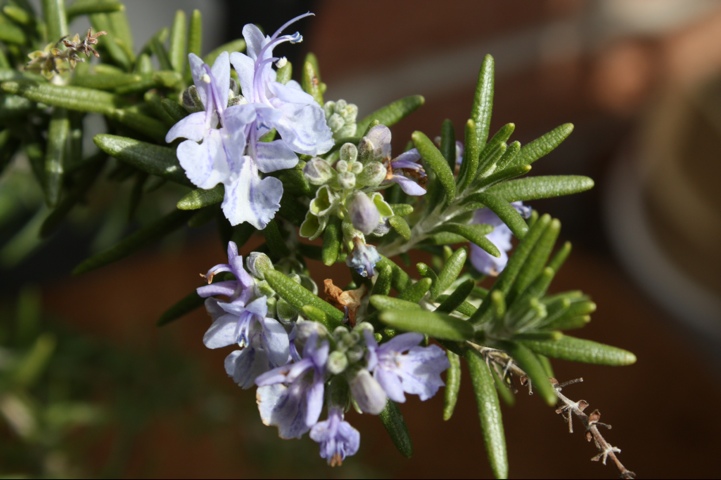
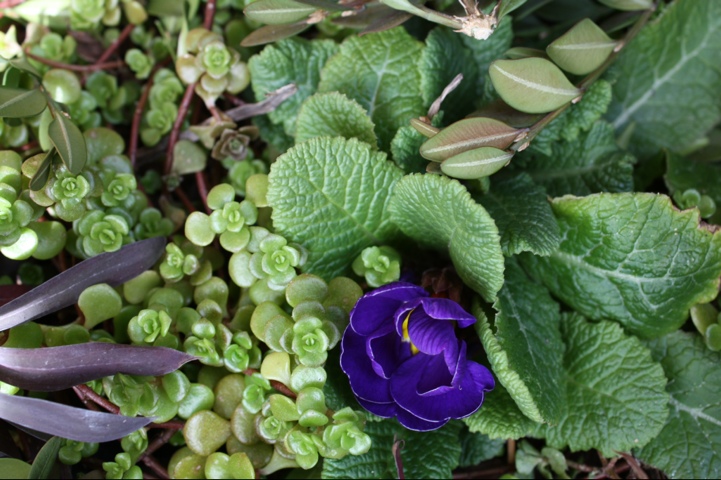
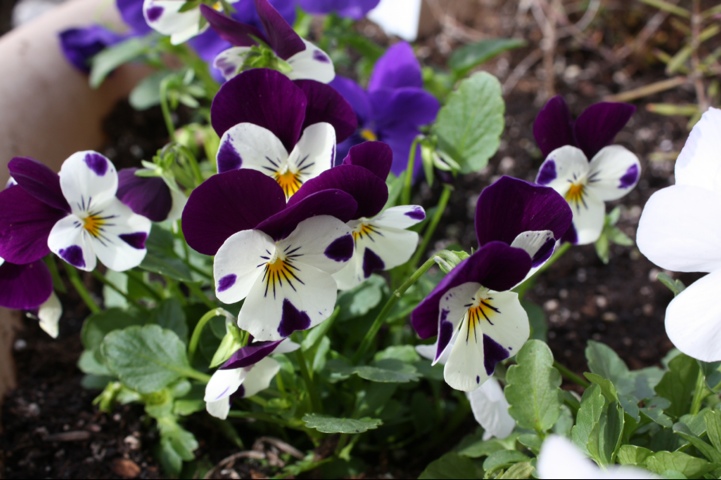

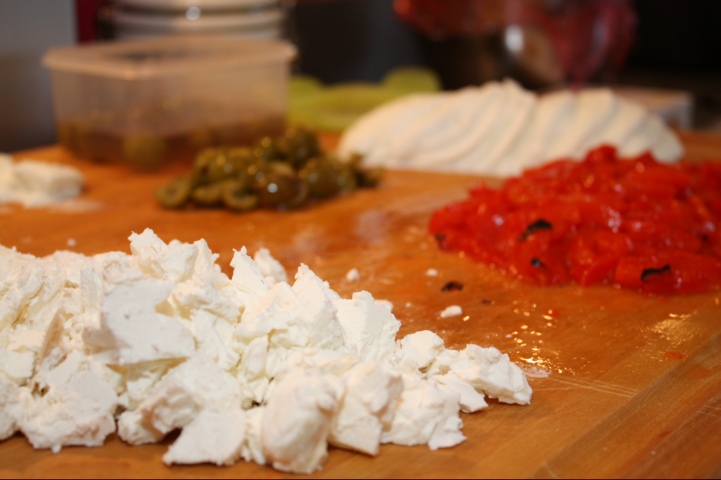
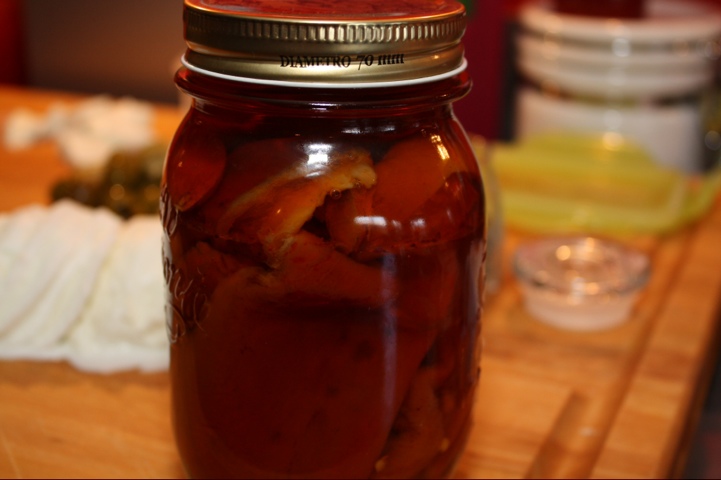
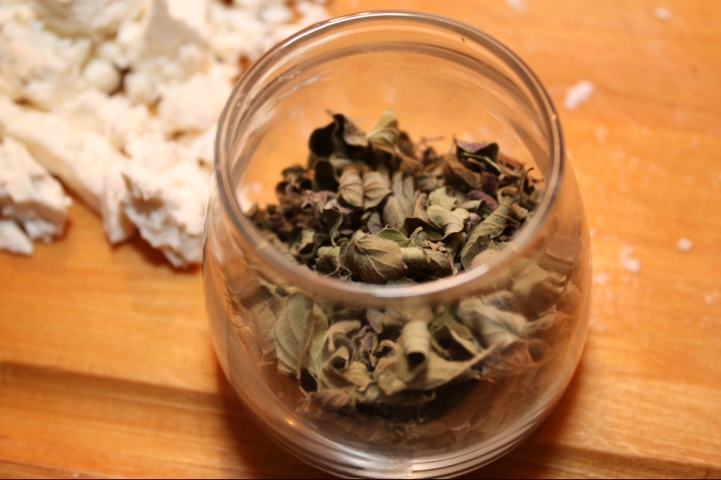
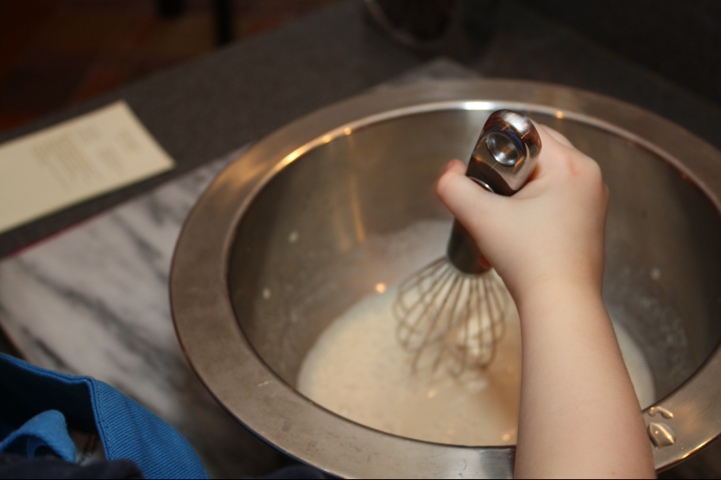
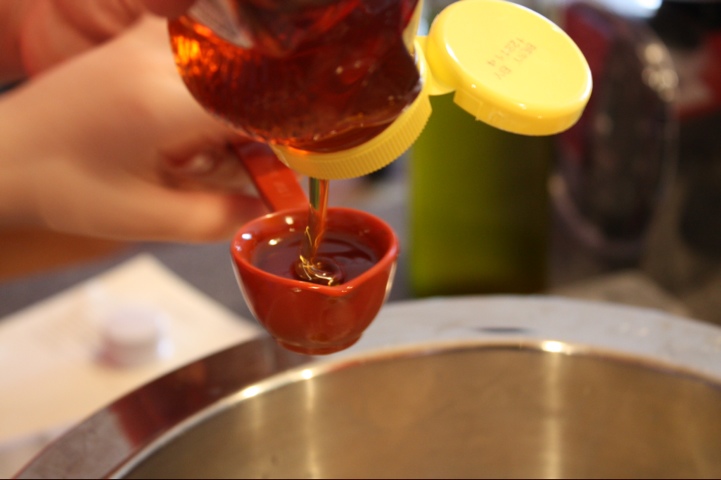
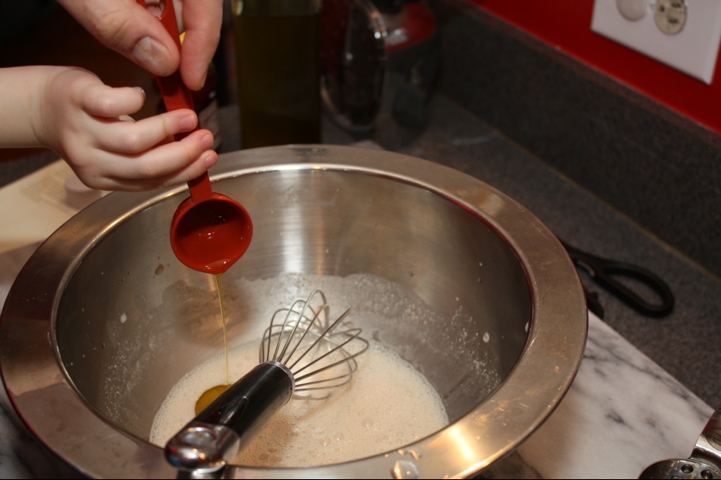
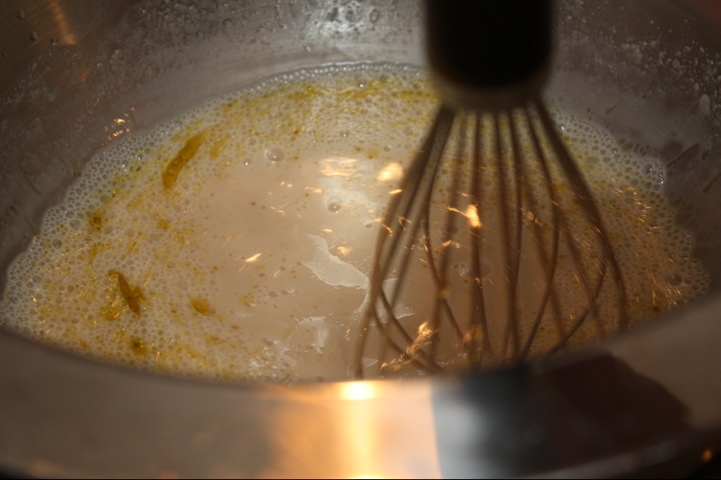
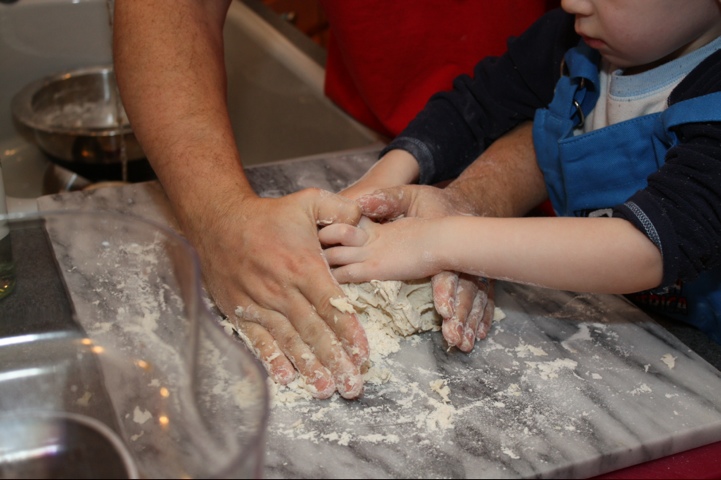

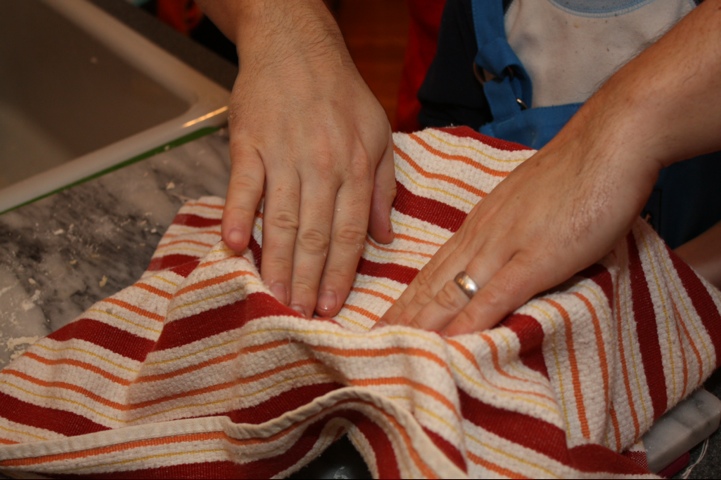
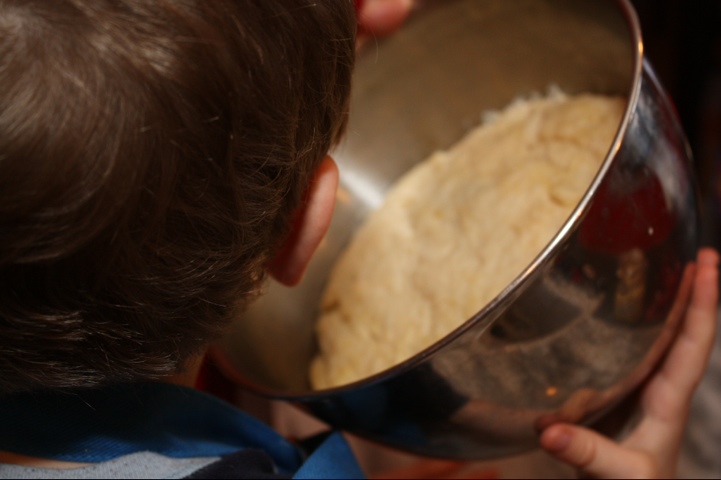
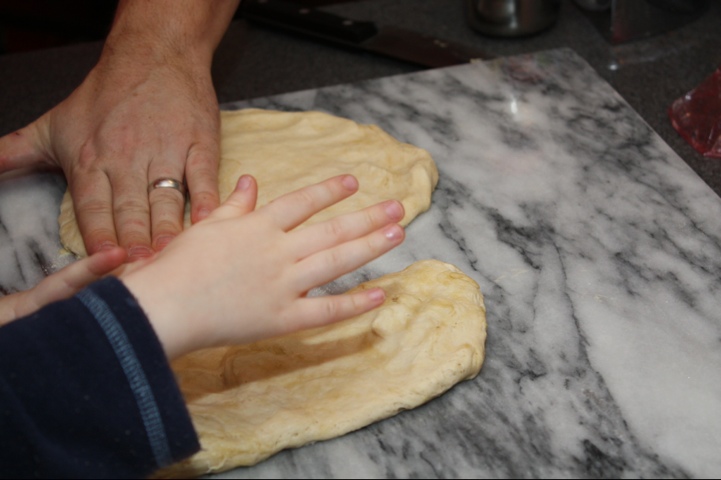



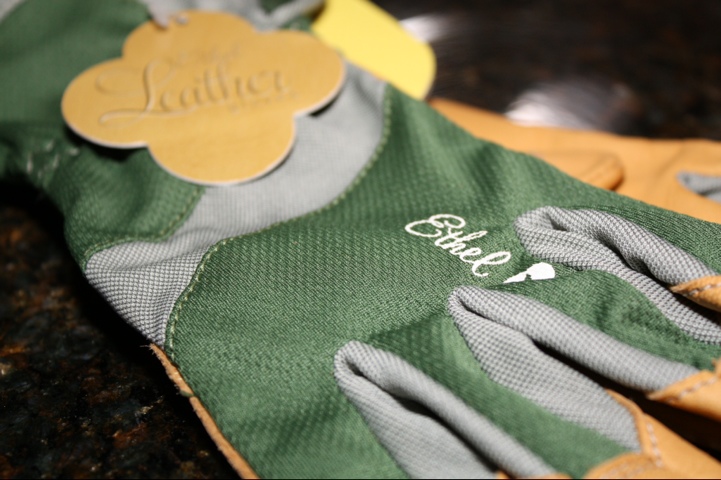
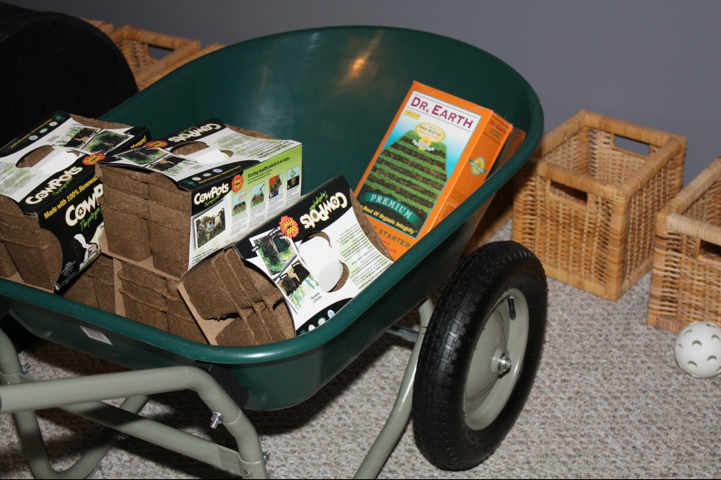
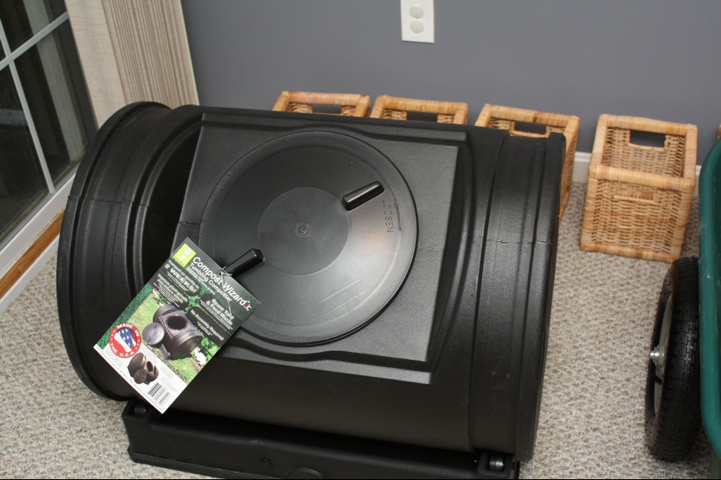
 It's technically still winter, and much of my garden remains in a "restful" state. But soon my days will be full of weeding, tilling, and planting. Each winter I allow my garden to rest. Much to the chagrin of my neighbors, I don't rake leaves, and I don't clear out the dead branches from my perennials, or from my annuals. Nope - as of November I'm on a vacation from my garden.
It's technically still winter, and much of my garden remains in a "restful" state. But soon my days will be full of weeding, tilling, and planting. Each winter I allow my garden to rest. Much to the chagrin of my neighbors, I don't rake leaves, and I don't clear out the dead branches from my perennials, or from my annuals. Nope - as of November I'm on a vacation from my garden.









